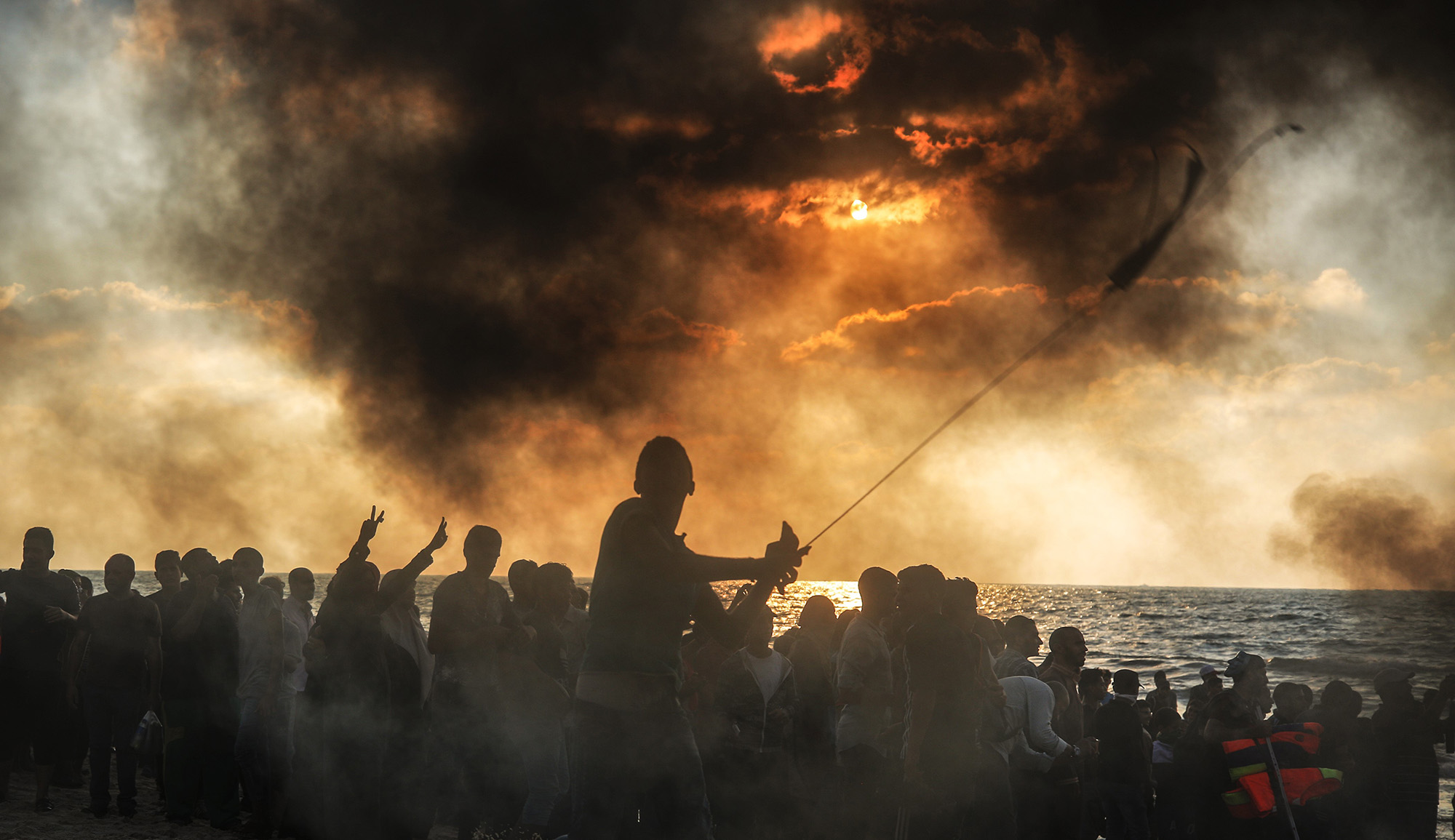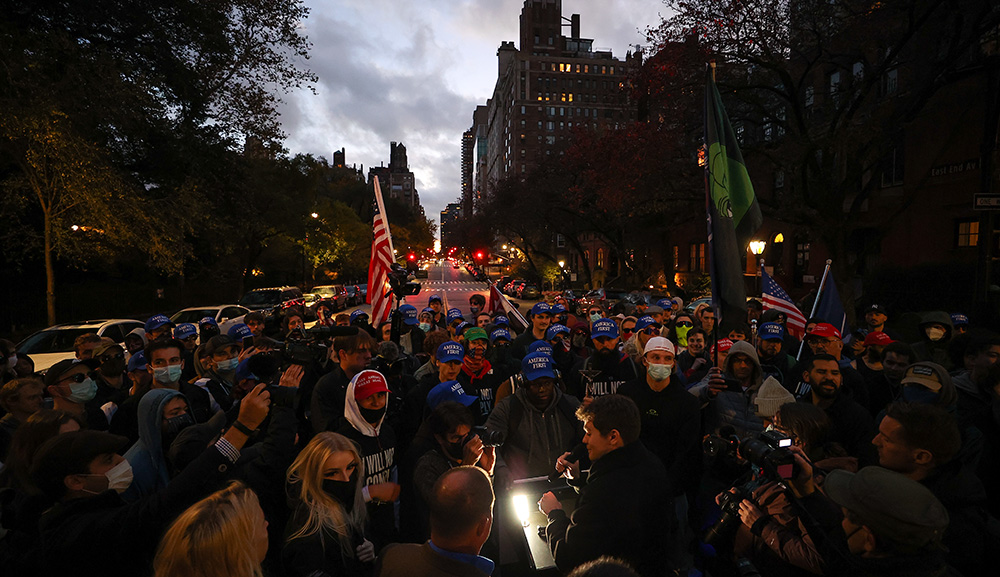According to tradition the fast of Tisha b’Av—which began last night and extends until sundown this evening—marks not only the destruction of the First and Second Temples, but also the expulsion of the Jews from Spain in 1492. The late Frank Talmage, a scholar of Jewish history, recounts spending this day in northern Spain: the scene of centuries of Jewish hopes, achievement, and catastrophe. Visiting the cathedral of Tortosa, he is overcome by emotion (1981):
There would be no crowds in the cathedral. . . . There was only silence and solitude and a baptismal font. I fixated on the baptismal font. How many Jews had been dragged to this font and how many had just given up the struggle and gone of their own accord? Hebrew writers of the period referred to the waters of baptism as “the iniquitous waters” (Psalm 124:5), and many were the Jews who had been inundated by them.
Suddenly and quite unexpectedly, I too was inundated by a flood of water, not from the font, but from my own eyes. Clearly . . . a torrent of emotion of which I was not consciously aware had been welling up within me waiting to burst forth at this moment. No memorial to the destruction of Jewry, however theatrical and however pretentious, could have the effect on me that that simple understated baptismal font had.
Traditionally, Anglo-Saxon males do not know how to cry—with the result that, on the odd occasion that they do, they may not know how to stop. I wept a b’khiyyah l’dorot, a weeping of generations—not so much a wail of lamentation as a cry of frustration at having been hounded and importuned and cajoled for decade after decade and century after century by those who shrieked, “Do not be what you are but be what we want you to be!” or, indeed, “Do not be at all.”
More about: Anti-Semitism, Conversion, Medieval Spain, Sephardim, Tisha b'Av


